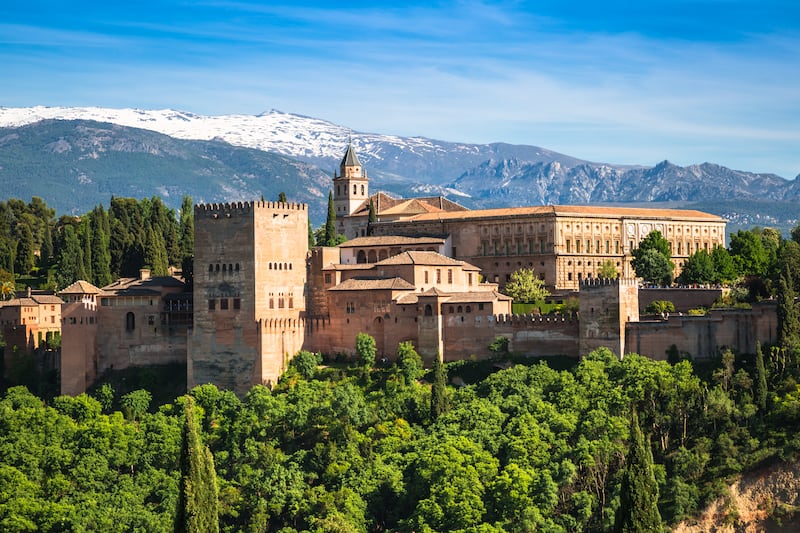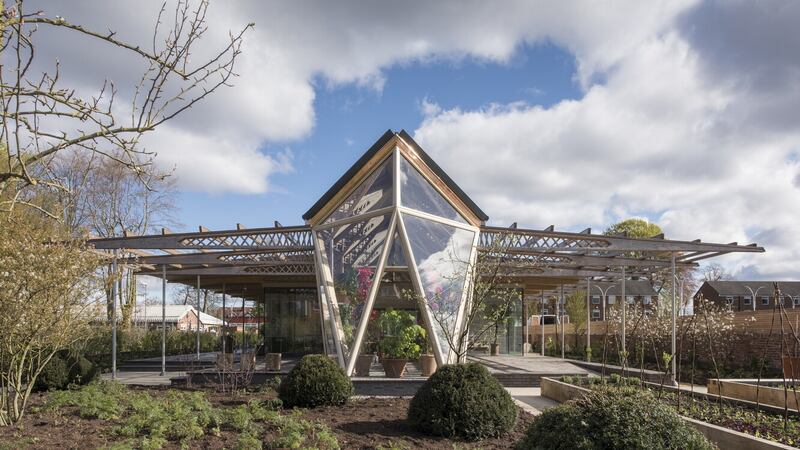I have real difficulties with Manchester. Even though I have family there, some immediate and some rediscovered from the emigration days of the 1950s, and despite a fondness for the natural warmth of the people, I just can’t take to the place. I know that people flock to it for football matches and for the nightlife and for their student university experience. All of that I get, but what annoys me is that the city doesn’t know who or what it wants to be.
I have discovered that Manchester changed from a minor Lancastrian township into an industrial metropolis that became central to the industrial revolution and that Liverpool hates Manchester not because of the football (although I wouldn’t rule it out) but because it built a canal to get to the sea and left Liverpool behind as a poor neighbour.
As the industries declined, Manchester experienced its own share of recession and poverty. But in recent times, for various political and entrepreneurial reasons, it has found its economic feet again. Pity it didn’t find a style to go with it. It doesn’t know if it is an American or English city. Growing out of and beside the plethora of low-strung red brick mills and factories are monstrous 20- and 30-storey high rise flats and offices.
I am probably the last person to be commenting on architecture and on the best use of space and design. Even though I lived in Rome for six years, it was only when I visited the Alhambra in Spain that I truly understood the import of building design. The Alhambra is a very famous monument of Islamic architecture. I was surprised when I almost came to tears on seeing it. It is so beautiful.

It is ironic that, given my relationship with Manchester, it was there that I fell in love with another building. It is not on the scale of the Alhambra but in its purpose and its ambition it outstrips it.
It is called the Maggie’s and there are 30 of them throughout the world. Built beside and in the service of cancer hospitals, they are named after a woman called Maggie Keswick Jenks who was a designer of gardens and buildings and married to an architect. In a small pokey office off an indistinct clinical corridor, under a strip of fluorescent lighting, she and he were informed that she had terminal cancer.
Maggie found the profundity of the news incongruous to the surroundings. Before she died, she sketched the outlines of the first Maggie’s that was to be built in Edinburgh and which opened a year after her death in 1996.
The Maggie’s are not medical treatment centres but are information and support buildings for cancer patients, for their families and for those who work in the attached hospitals. The Maggie’s are outstanding for their beautiful architecture, their blending of the external and the internal, the use of light and décor. The buildings and their ambience are seen as part of therapy.
The exterior of the one I visited was not extraordinary because of the limited space but the internal ambience of quiet and serenity was enhanced by the blending and the integrating of the garden, the building itself and the furnishings. There was not a straight wall where a curved one could do better. As far as I can see there are, unfortunately, no Maggie’s at any of the cancer centres on the island of Ireland.
It is ironic but sad that we humans are often at our best and most creative in extremis. The beauty of the Alhambra was reserved for kings and aristocracy and thankfully we have moved to where the beauty of the Maggie’s is available to anyone in need of it, but we have a way to go in creating therapeutic beauty in the spaces where we live, even in Derry and more especially in Manchester.









